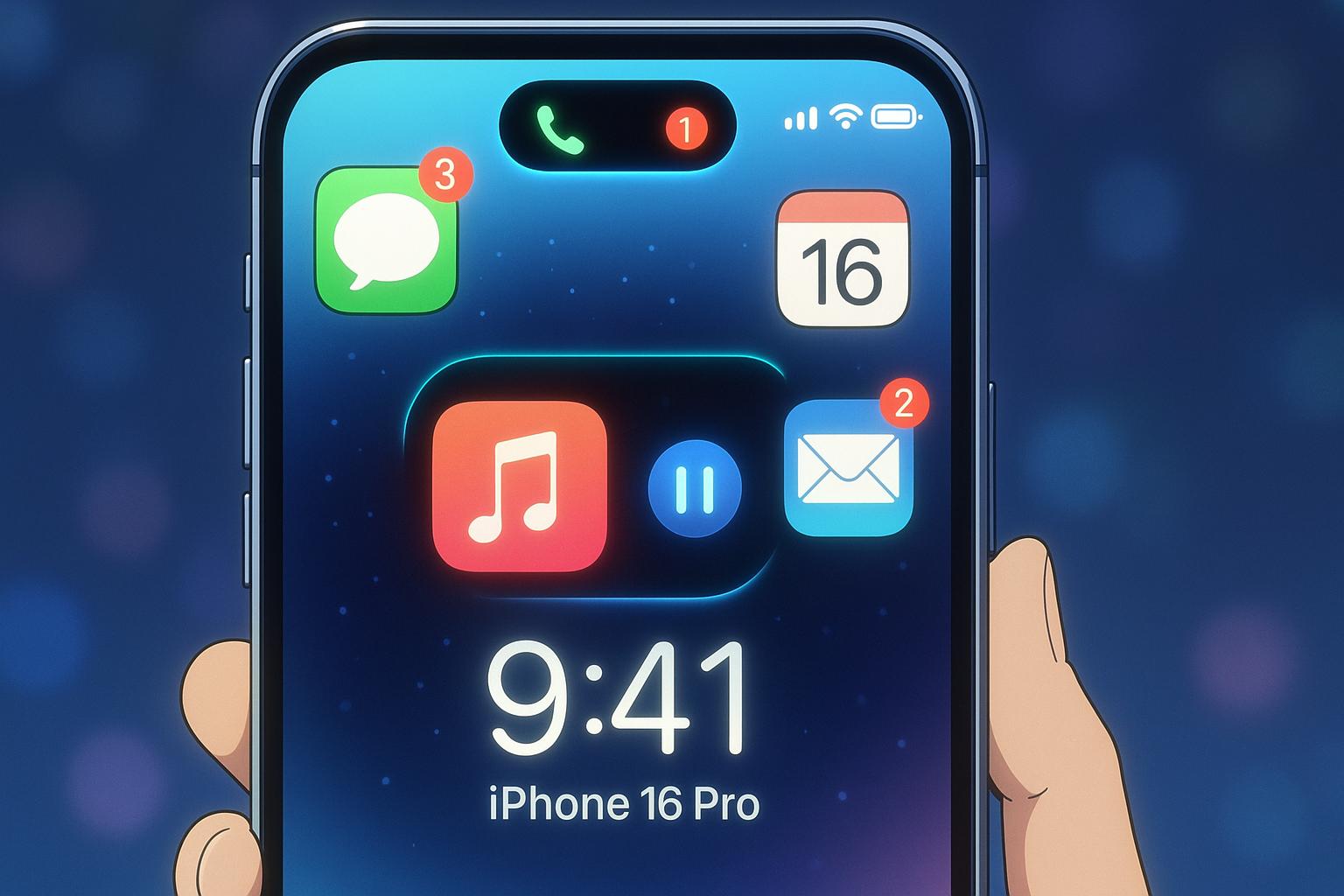The introduction of the Dynamic Island on the iPhone 14 Pro stirred considerable debate among tech enthusiasts and everyday users alike. While some herald it as a revolutionary enhancement, others regard it as an unnecessary embellishment that draws attention rather than alleviating it. Reflecting on this division, one user passionately argues for its merits, particularly with the recent upgrade to the iPhone 16 Pro.
The Dynamic Island, which replaces the traditional notch with a pill-shaped cutout, offers an array of functionalities. Users can adjust timers, manage podcast playback, and even respond to AirDrop requests without constantly switching between apps. These capabilities transform what was once a frustrating experience into a streamlined process, making it easier to stay focused. Compared to the cumbersome notch of the iPhone 12 Pro, the Dynamic Island feels like an elegantly crafted solution that enhances user interaction instead of merely serving as a housing for essential sensors.
However, the feature hasn’t escaped criticism. Detractors argue that the Dynamic Island can obscure essential content on the screen during video playback or gaming, thus diminishing the overall viewing experience. Notably, the functionality of the Dynamic Island relies heavily on third-party app developers utilizing it effectively. Many users find the feature fades into the background, leading to an experience that some consider uninspired. According to observations from recent reviews, it can often feel like a missed opportunity, given the initial hype surrounding its release. Critics point out that, without widespread app support, the Dynamic Island’s effectiveness becomes limited, leading to questions about its long-term practicality.
Moreover, while some speculate that Apple may find a way to embed sensors under the display in future iterations, the current version serves as a stopgap. Users of Android devices echo similar sentiments, highlighting their devices’ superior approaches to screen design yet contrasting it with the traditionally robust security of Apple's Face ID system. The ongoing competition in the smartphone market means that Apple must continuously innovate, not just in hardware design but also in user experience.
As technology advances, it is likely that the Dynamic Island will evolve. Tim Cook and his team have a history of turning potential shortcomings into strengths; they may well reimagine the functionality once a true all-screen design becomes feasible. For now, its unique blend of utility and aesthetic appeal wins the favour of those who appreciate the convenience it offers, even amidst vocal dissent. While opinions diverge on its significance, the presence of the Dynamic Island has undeniably sparked broader discussions around the direction of smartphone design and functionality.
In conclusion, while the Dynamic Island may be a halfway measure for some, for many users, it is a delightful and adaptable feature that enhances daily tasks. Its current shortcomings do not overshadow its potential, and as technology continues to advance, it will be interesting to see how Apple navigates these challenges and its implications for future designs.
Reference Map:
- Paragraph 1 – [1], [2]
- Paragraph 2 – [1], [3], [4]
- Paragraph 3 – [5], [6], [7]
- Paragraph 4 – [1], [7]
- Paragraph 5 – [2], [4]
Source: Noah Wire Services
